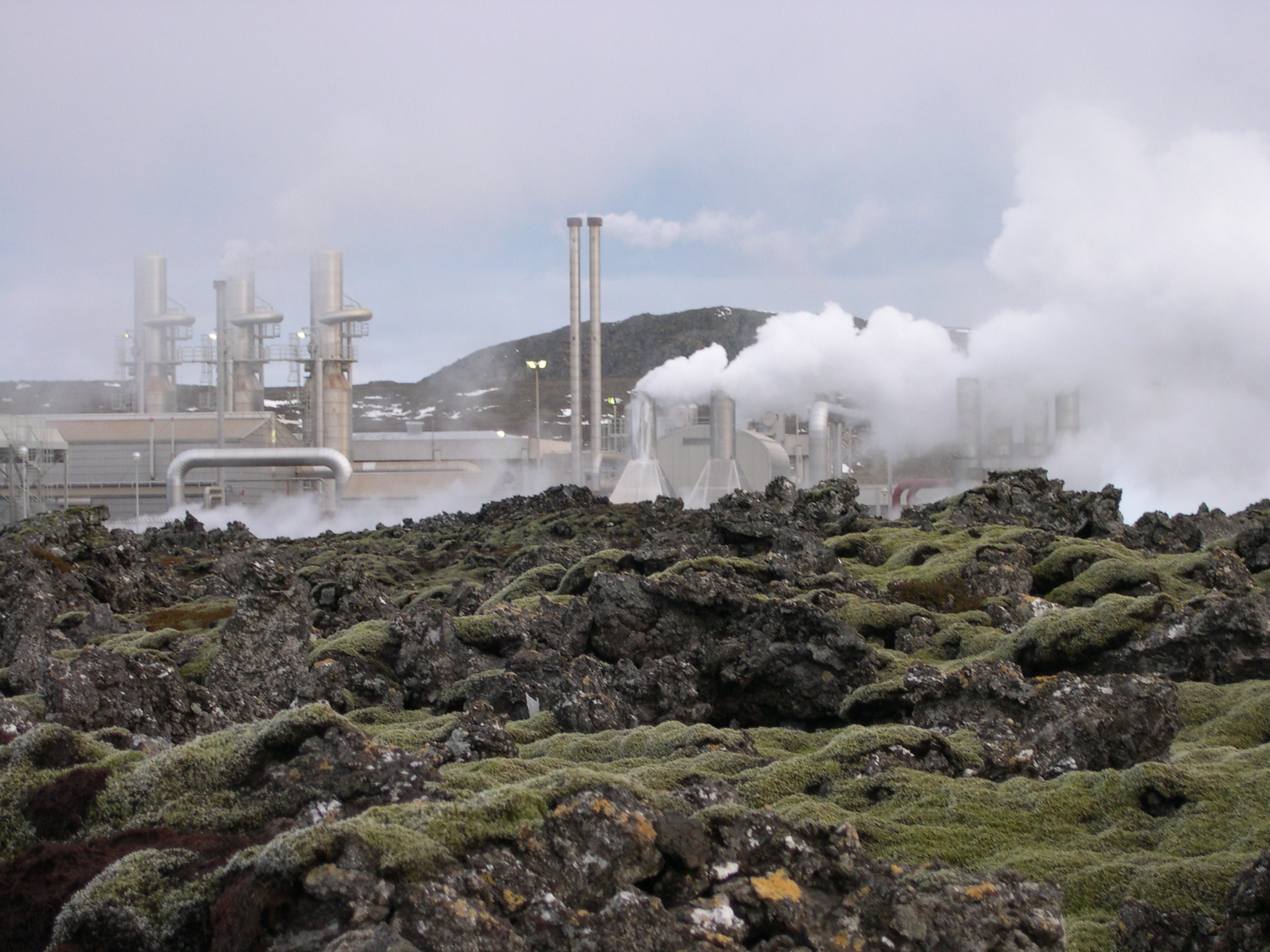Millions of tourists flock to Yellowstone to see Old Faithful and other geysers perform plutonic spectacles. Landscapes such as these appear like portals to an underworld of apparently limitless energy. As potential sites for geothermal exploitation, they also open up debates around aesthetics and preservation of traditional habitats. Some Hawaiians argued against the geothermal power plant at Kilauea, recently shut in the wake of the volcano's eruption, on the grounds that it “not only subverts their worship of the volcano goddess Pele, but also that the drilling itself saps her spirit,” ➝.
To give just one example of such work underway, at Otaniemi, in the petrostate of Finland, the Scandinavian energy company ST1 plans to excavate a borehole over six kilometers deep. The project engineers draw graphs and images to represent depth, fractures and so on, getting as close as possible through modeling to an actual experience of what will happen after they pass through the cold “snowflake crust.”
On energy units and uneven distribution see Armstead and Testor: “Though in terms of heat units the energy storied in the earth's crust is clearly gigantic, it must be recognized that it could never entirely displace liquid, gaseous, and solid fossil fuels.” They also note: “as with all the other resources of the earth, it cannot be expected that the rich potentialities of HDR [hot dry rock
are in any way 'fairly' distributed among nations.” H. Christopher H. Armstead and Jeffrey Testor, Heat Mining. A New Source of Energy (London and New York: E.& F.N. Spon, 1987), 52.
To be commercially viable, the wells should produce heat for 30–50 years, according to current plans in Ithaca. In this sense, geothermal is certainly “transitional.”
In Fuel: A Speculative Dictionary (Minneapolis: University of Minnesota Press, 2016), Pinkus argues for this crucial distinction between fuel and energy.
Dianne Chisholm, "Rhizome, Ecology, Geophilosophy (A Map to this Issue)," Rhizome 15 (2007), 5, ➝.
Bob Reiss, “Stalking an Elusive Prize in Alaska,” Fortune, September 15, 2017: 144–153, 151.
Although the Precambrian had been defined by geologists as a time “before life,” more recently some obscure forms of fossils and other traces have been detected, hence the latest of the three periods is sometimes called the Cryptozoic, meaning "hidden life."
John McPhee, Annals of the Former World (New York: Farrar, Strauss and Giroux, 1998), 73.
McPhee, 78–79.
“Terrane” is a term used by some geologists to refer to a swathe of land along both horizontal and vertical axes, present and past. In this regard it is much more ample and flexible than “terrain” and its indeterminacy suits our project well. But we want to be cautious about allowing “terrane,” or, say, the figure of the geological column with different color bands of different depths representing different eras, to stand as something regularized or fixed because this can also lead to a discourse of control. “Geologist and writer John McPhee resisted the term earlier in his career but eventually came to use it. “Terrain is topography. Terrane is a large chunk of the earth, in three dimensions.” McPhee, 10.
Manuel DeLanda, A Thousand Years of Nonlinear History (New York: Swerve Editions, 2000).
Chisholm, 5.
Arthur Conan Doyle, “When the World Screamed,” (1928), 7, ➝.
Gilles Deleuze and Felix Guattari. A Thousand Plateaus. Capitalism and Schizophrenia, trans. Brian Massumi (Minneapolis: University of Minnesota Press, 1987), 40.
Ibid.
Doyle, 13.
